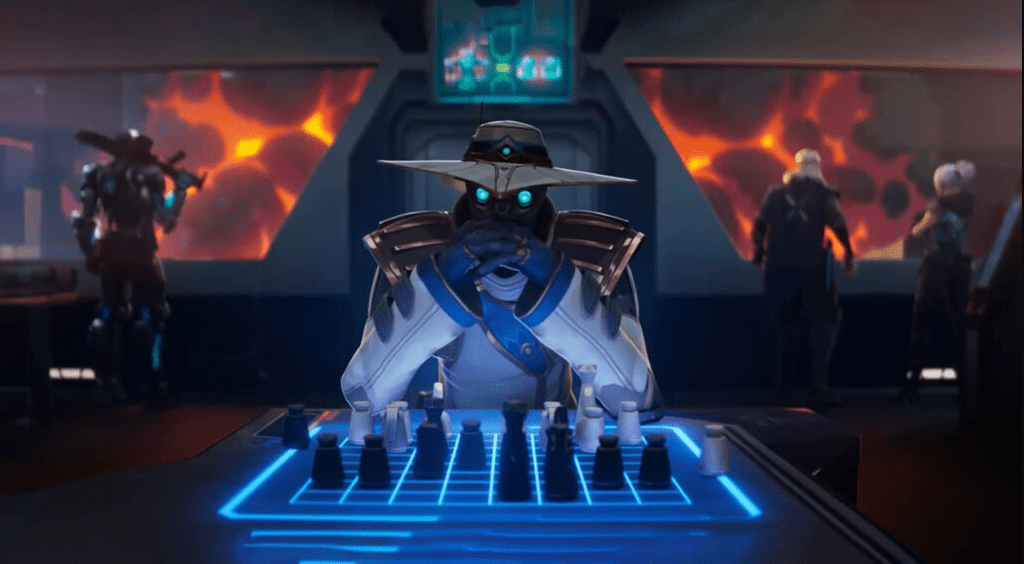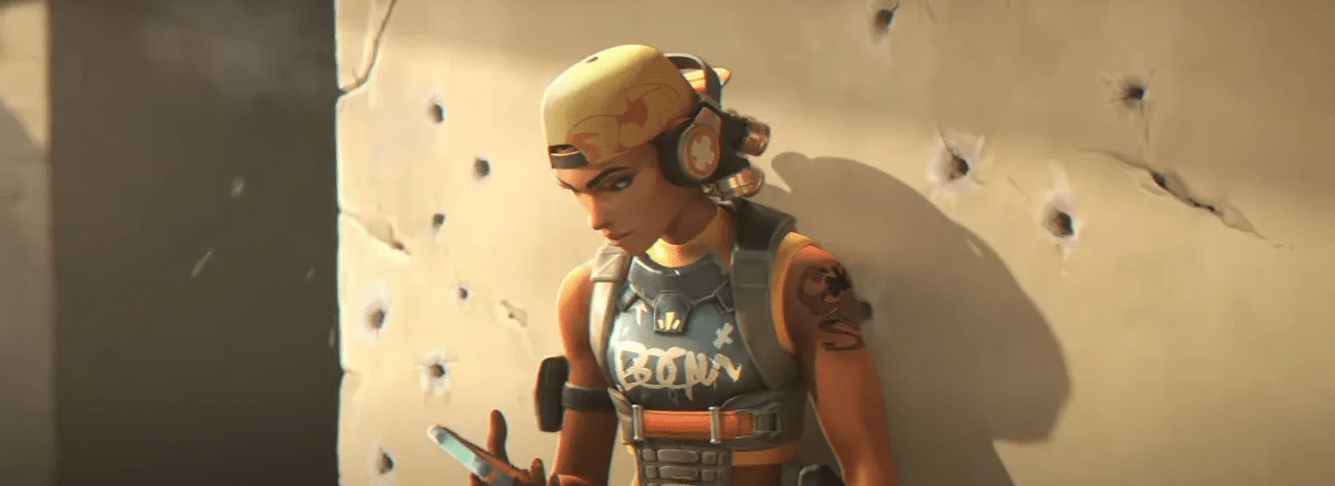All Competitive Mode Ranks in Valorant

In Valorant’s competitive mode, players can truly push themselves and gauge their abilities. Going head-to-head against opponents in this mode is the sole pathway to obtaining a rank that symbolizes your proficiency. Valorant ranks serve as a reflection of your precision in aiming, tactical acumen, and aptitude for collaborative teamwork. The more you excel in these aspects, the higher you ascend in the ranks. The key to climbing the ladder lies in achieving victories. Each triumph acts as a catalyst, propelling your rank upward and advancing your competitive standing.
As of the time of writing, Valorant’s competitive landscape consists of a total of nine distinct ranks. The initial eight ranks are further subdivided into three tiers, adding depth to the progression system. Understanding the intricacies of how ranked matches function requires a comprehensive overview of the competitive structure, which we will gladly provide. Valorant’s competitive mode offers an exhilarating platform for players to measure their skills, hone their gameplay, and strive for greater accomplishments. It fosters a competitive spirit while fostering growth and improvement. Are you ready to embark on this challenging journey and prove your mettle in the ranks of Valorant’s competitive mode?
Table of Contents
Order of Valorant Ranks from Lowest to Highest
In Valorant, understanding the nuances between Rank and Act Rank is essential for players seeking to gauge their skill level and progress in the competitive ladder. Rank is a crucial aspect of Valorant’s competitive mode, serving as a precise indicator of a player’s skill level and match rank. It provides valuable information to your party members, can be viewed in the tab menu, and is displayed on the summary scoreboards. Your Rank is a reflection of your performance and achievements in competitive matches. On the other hand, Act Rank is a distinct measure that evaluates a player’s performance over an entire Act, which typically lasts for around two months. It takes into account multiple competitive matches played during the Act and determines your highest-ranked victory. Act Rank is an important metric for players as it showcases their overall performance and progress within a specific Act.
Now, let’s explore the specific ranks in Valorant, listed in order of progression:
- Iron: The Iron rank represents the starting point for most players. It encompasses Iron 1, Iron 2, and Iron 3, with Iron 3 being the highest tier within the Iron rank.
- Bronze: The Bronze rank is the next step up, consisting of Bronze 1, Bronze 2, and Bronze 3.
- Silver: After Bronze comes the Silver rank, which comprises Silver 1, Silver 2, and Silver 3.
- Gold: The Gold rank follows Silver, featuring Gold 1, Gold 2, and Gold 3. Gold is considered a significant milestone for many players, as it demonstrates solid progress and competence.
- Platinum: Moving up the ladder, players reach the Platinum rank, consisting of Platinum 1, Platinum 2, and Platinum 3. Platinum players are generally more skilled and experienced, showcasing better game sense and tactical awareness.
- Diamond: The Diamond rank signifies a high level of skill and game knowledge. It includes Diamond 1, Diamond 2, and Diamond 3. Diamond players are often considered formidable opponents who possess excellent aim and strategic thinking.
- Ascendant: Ascendant is a unique rank that stands between Diamond and Immortal. It represents the pinnacle of skill and is reserved for the top performers in the competitive scene.
- Immortal: The Immortal rank consists of Immortal 1, Immortal 2, and Immortal 3. Immortal players are highly skilled and demonstrate exceptional proficiency in all aspects of the game. They are often seen as the elite of the Valorant community.
- Radiant: At the highest echelon of Valorant’s competitive ladder is the Radiant rank. It represents the pinnacle of skill and achievement. Radiant players are the best of the best, showcasing exceptional mechanical skill, game sense, and strategic prowess.
It’s important to note that each rank, except for Radiant, is further divided into three tiers. As players progress within a rank, they can advance from the first tier to the second and then to the third, signifying continuous improvement and growth. The tier number within a rank indicates a player’s relative standing and advancement within that particular rank. As players climb the ranks, their Act Rank is influenced by their performance and progress. Achieving higher ranks and consistently performing well in competitive matches can result in an improved Act Rank, reflecting a player’s overall success within a given Act. Valorant’s ranking system is designed to provide players with a sense of accomplishment, progression, and competition. It motivates players to continually improve their skills, adapt their strategies, and work collaboratively with their teammates to achieve victory. It’s worth mentioning that Valorant’s competitive landscape is dynamic and subject to potential changes and updates by the game developers. The ranks and their specific characteristics may be adjusted over time to ensure a balanced and rewarding competitive experience for all players. Valorant’s ranking system offers players a clear path to measure their skills and progress in the competitive mode. By understanding the distinctions between Rank and Act Rank, players can accurately evaluate their performance and strive for continuous improvement. Climbing the ranks requires dedication, effort, and a combination of mechanical skill, game sense, and teamwork. Will you accept the challenge and rise through the ranks in Valorant’s competitive mode?
Playing Valorant Ranked Mode with Your Friends: A Guide
Players in Valorant have the option to team up with their friends and play Ranked Mode together, although there are certain rules and limitations to consider. When queuing as a group, it is important to ensure that there isn’t a significant difference in ranks among the players. This is to maintain fair matchmaking and prevent imbalanced matches. In Valorant, groups of two to three players can join competitive matches within a designated rank range. This means that if you and your friends fall within a similar rank range, you can queue together and face opponents of a similar skill level. This promotes a more balanced and competitive gameplay experience. However, when it comes to five-stack parties, where all players are part of the same group, there are no rank restrictions. This means that you can queue up with a full team of five players, regardless of their individual ranks. This is beneficial for players who want to play with their close-knit group of friends and coordinate strategies effectively. However, it’s important to note that if a five-stack party includes players with a wide range of ranks, such as from Iron to Ascendant, there will be penalties in the Rank Rating (RR) system. The RR penalties are imposed to address the potential skill disparity within the team. So, if your group consists of players with varying ranks, you may experience adjustments in the RR gains and losses based on the outcome of the match.
For example, if your five-stack party consists of only Silver and Gold players, you won’t face any RR penalties. However, if there is a mix of Silver, Gold, and Ascendant players in your five-stack, you may experience RR penalties due to the significant rank difference. It’s important to keep in mind that the matchmaking system aims to create balanced and competitive matches. While playing with friends is enjoyable, it’s crucial to consider the potential skill gaps within the group, as it can affect the overall matchmaking experience. Additionally, it’s worth mentioning that players ranked as Immortal 1 and above have specific restrictions when queuing for ranked matches. They can only participate in solo, duo, or full five-stack queues. This limitation is in place to ensure fair gameplay at the highest ranks and prevent potential matchmaking imbalances. Overall, playing Valorant ranked with friends can be a great way to enhance teamwork and coordination. However, it’s important to be mindful of the rank differences within the group, as it can impact the matchmaking experience. By understanding and adhering to the rules and limitations set by the game, you can enjoy a competitive and rewarding ranked experience while playing alongside your friends.




